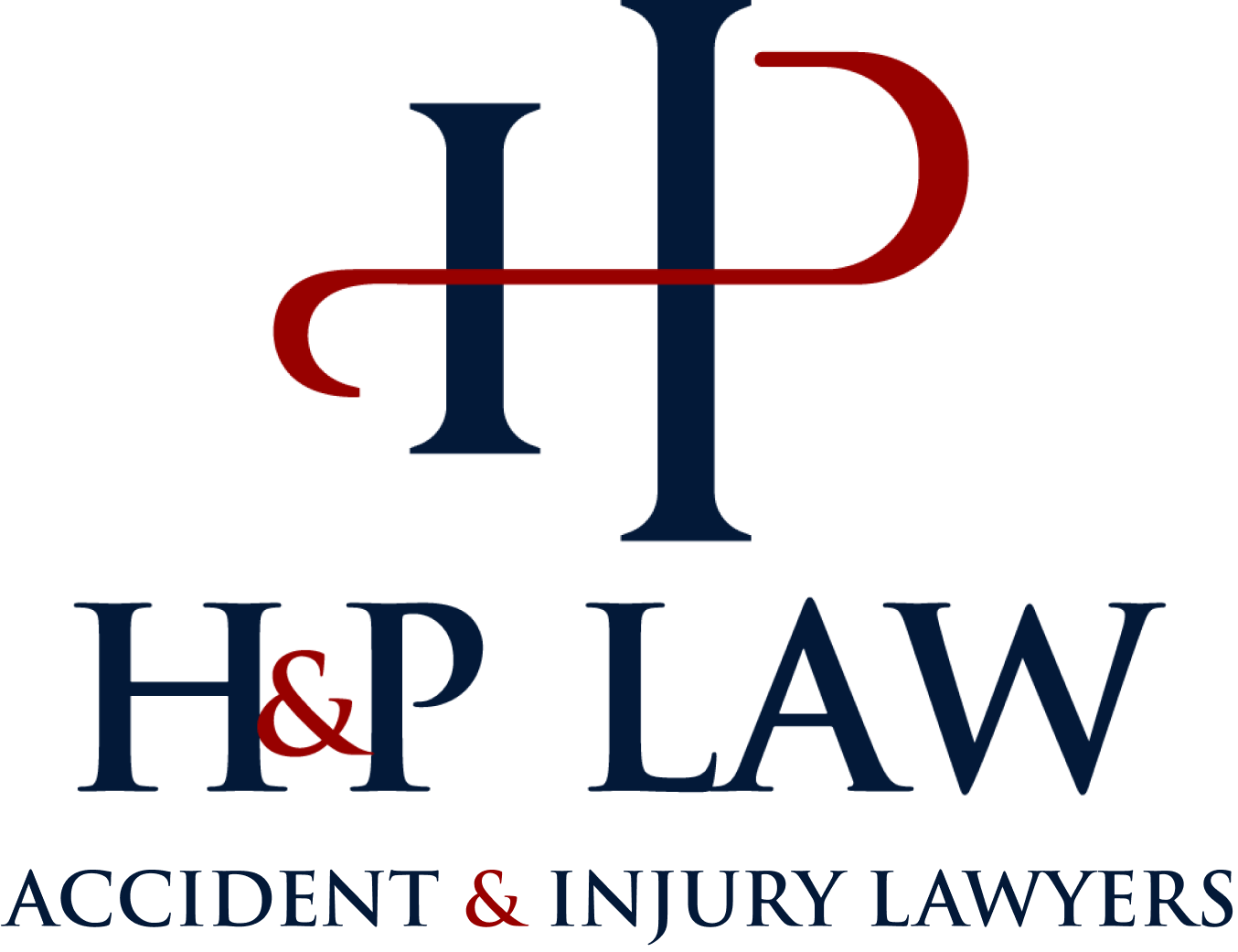The news is replete with stories of frivolous lawsuits. For example, everyone remembers the multimillion dollar verdict against McDonald’s when a woman was burned after she spilled her coffee. (In fairness to the legal system, the judge did reduce the jury’s award by over 75%—but many consider even the reduced verdict too excessive.)
The unfortunate reality of litigation is that many turn to the courts as a way to follow through on a threat, bankrupt a party who can’t afford to defend themselves, or create delay rather than to pursue (or defend against) a legitimate claim.
Abuse of the legal system is disallowed by the rules. In fact, there are a number of ways the rules are designed to prevent this kind of vexatious litigation. Unfortunately, these rules are not always followed and therefore not always effective at minimizing abuse of process.
In the next three of my posts, including this one, I will be discussing three ways the rules are designed to prevent an abuse of process, including the inherent weaknesses with each. We will be covering Rule 11, NRS 18.010, and affirmative claims for the abuse-of-process tort.
N.R.C.P. 11
The Nevada Rules of Civil Procedure require certain minimum thresholds of propriety. Rule 11 creates a requirement in any document submitted to the court. By signing a document and then presenting it to the court, the attorney or party signing it is certifying that they have performed a reasonable inquiry into the matters being represented therein, and that to the best of their knowledge, all of the following is true regarding the submittal:
- it is not being presented for any improper purpose, such as to harass or to cause unnecessary delay or needless increase in the cost of litigation;
- the claims, defenses, and other legal contentions therein are warranted by existing law or by a nonfrivolous argument for the extension, modification, or reversal of existing law or the establishment of new law;
- the allegations and other factual contentions have evidentiary support or, if specifically so identified, are likely to have evidentiary support after a reasonable opportunity for further investigation or discovery; and
- the denials of factual contentions are warranted on the evidence or, if specifically so identified, are reasonably based on a lack of information or belief.
What this means in a nutshell is that everything set forth in any document submitted to the court must be truthful and proper under the rules.
If a court determines that an attorney or party has violated the rule, it may, under the rule, “impose an appropriate sanction upon the attorneys, law firms, or parties … responsible for the violation.”
Although these rules rather strictly set forth what can and cannot be set forth in court documents, because of its requirements for implementation, the bark of this rule is much worse than its bite.
If a party does say something in a document submitted to the court that the opposing party believes is not truthful, before the submitting party can be sanctioned, the other party must prepare a motion setting forth why the rule has been violated and serve it on the submitting party without filing it with the court. (Most motions are filed with the court and then served on the other party.)
The party whose conduct is being challenged then has twenty-one days to withdraw or modify their submission. If the party does make appropriate changes, the misconduct has been cured and nothing further happens—and the court never hears the Rule 11 Motion. If the party does not make changes, after the twenty-one day period is over, the party that prepared the Rule 11 Motion can then file it with the court and serve it on the offending party. The other party then has ten judicial days to respond (14 calendar days if in federal court, which has a parallel rule in F.R.C.P. 11), and the moving party can respond again prior to a Rule 11 hearing in front of the court.
By this time, however, the original submittal by the party alleged to have violated the rule has probably been long decided, rendering the Rule 11 Motion moot, and therefore ineffectual.
A simple illustration may provide further insight:

Assume that Party A files a Motion with the Nevada district court in August (“August Motion”). Party B receives it and believes that many of the representations therein violate the requirements of Rule 11. The August Motion requires a response within ten judicial days (which, with the counting method in this district ends up being closer to three weeks) and is set for a hearing at the end of September.
Party B writes a Rule 11 Motion and serves it on Party A in mid-august, shortly after it receives the August Motion. It does not (and cannot) yet file the Rule 11 Motion with the court. It also prepares and files an Opposition to the August Motion. In its Opposition, Party B represents to the court that a Rule 11 Motion has been submitted, and it points out where it believes Party A has violated the rule.
Twenty-one days go by, but Party A does no make any changes or withdraw the August Motion. On Day 22, Party B files its Rule 11 Motion, which, because of timing, is filed either just before or just after the September hearing on the August Motion.
The Rule 11 Motion gets set for hearing in late October or early November.
In the meantime, the September hearing occurs, and although the Rule 11 issue is brought to the court’s attention, the court can do nothing about it because it can only hear the Rule 11 issue at the Rule 11 hearing. So the court decides the motion on its merits and delays ruling on the Rule 11 motion until the Rule 11 hearing.
At this point, there may be little point in moving forward with the Rule 11 hearing. Even if Party B does choose to move forward, courts are VERY reluctant to sanction attorneys, probably in part because the Nevada district court judges rely on the attorneys practicing before them to re-elect them.
At this point, the attorney representing Party B has spent a good deal of his time and a great deal of his client’s money pursuing sanctions against Party A (on top of having to respond to the original August Motion) but without much hope of recovering, even if Party A has legitimately violated the rule.
Rule 11 Motions by their nature almost always come for hearing about a month after the underlying issue is decided. This, in combination with courts’ general reluctance to issue Rule 11 Sanctions, make Rule 11 Motions more of a theoretical solution than a practical one.
Rule 11 Motions are often threatened, rarely filed, and granted even less frequently. Thus, in this lawyer’s opinion, Rule 11 is ineffective at preventing abuse of the judicial process.




